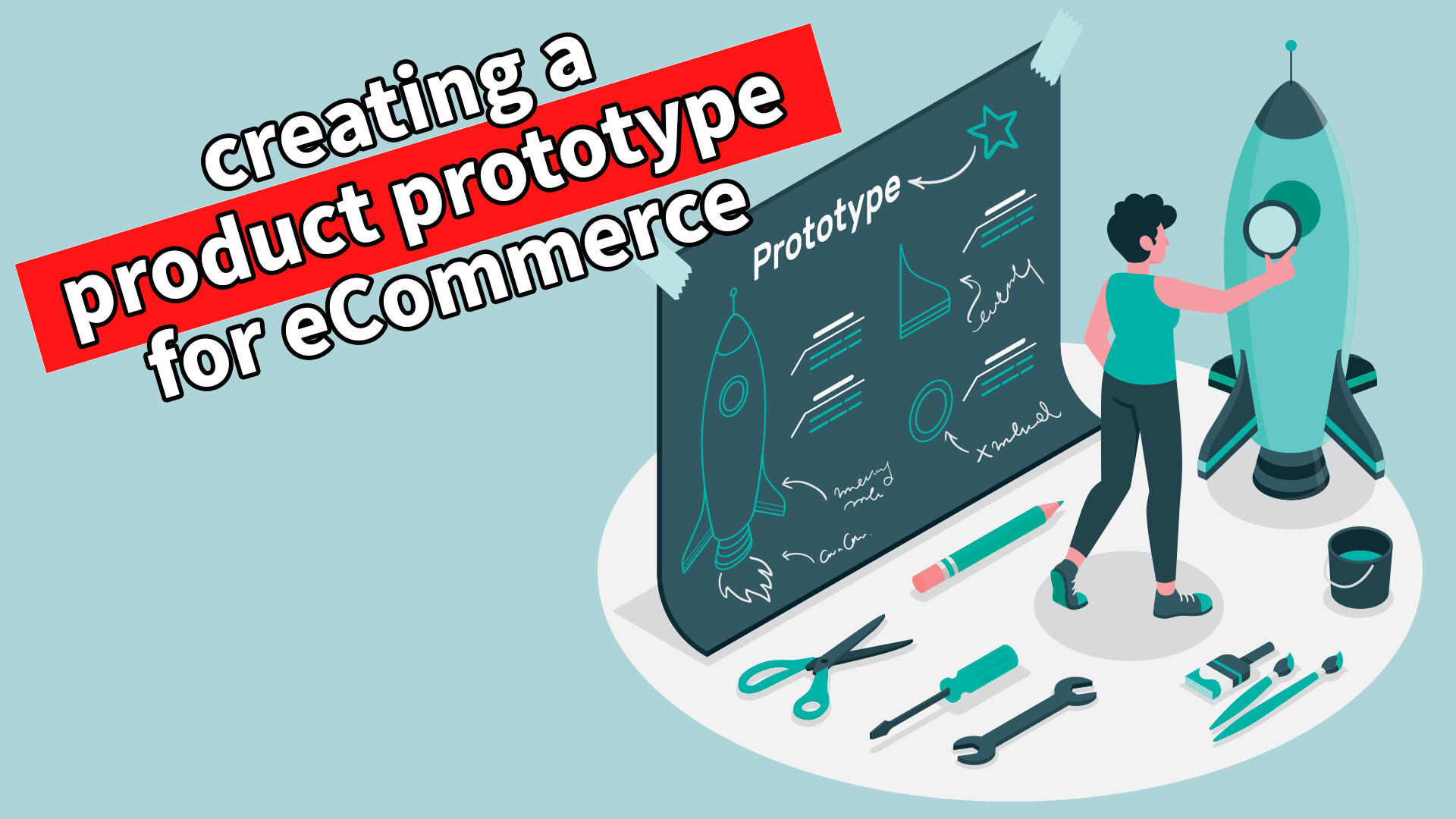Communication is key to building the best business relationships when writing copy. As weird as this may sound, telling your business partners what you want them to know is not always enough. You can literally communicate your message in black and white and be 100% ineffective. This is because you need to be able to speak your audience’s language. Your potential business partners need to trust that you understand them, and in order for them to trust you, they must first understand you, and to make sure this happens, you must also understand them!
Knowing and Understanding Your Audience
In order to write good B2B content, you need to start by getting to know your business partner and what they are selling. Understand that if they are selling technical items, preferential products, or intangible products, the writing style and approach may be altogether different.
Technical Items
If you are writing about automotive parts for an eCommerce site, you know your reading audience is more interested in the item more than how beautifully composed you described their braking system. Here, you are obligated to give the facts. The only narrative needed in situations like this is to provide a brief example to your readers that gives them a better idea about how the automotive part works.
Selling the Vision
Buyers simply need to be convinced that you understand what they want. This is done by speaking the language of the product.
What if you are writing about fashion and you’re trying to get a retail store to buy custom t-shirts in bulk? Here, a narrative might be necessary. You need to be able to convince your client’s buyers why they need to purchase a bulk amount of t-shirts. They need to be convinced that buying your client’s materials will be profitable because not only is it cheaper to buy in bulk, but also because that it will sell because it’s popular, trendy, and is made of 100% pre-shrunk cotton, great for sports, company events, etc.
This is where the narrative comes in. Create a scene that purchasers can envision—a vision that they can sell to their customers. If they can envision what you’ve written in your copy, then, they’ll believe it, and if they believe it, they’ll have enough confidence to invest in your client’s product using your copy pitch!
Intangible Products
Writing B2B content isn’t all about selling a thing. It can also be an idea or a technique. Here, you might think that a narrative would come into play, but on the contrary, it’s B2B content. No one has time for that!
From Peer to Peer
First, understand what you are writing about. If you are writing SEO content, and you’re writing about how to write SEO content better, then you know that these type of readers will look for quick answers. It is your job to provide those answers in a clear and concise way that gives them exactly what they want to the point that they are willing to stay on your page and read more.
Reading Between the Lines
Sometimes, the message is communicated up front. Other times it isn’t. There is always a message within a message. It is our job to think critically and determine exactly what it is. Otherwise, we’re being spoon-fed the more obvious message.
As copywriters, we need to anticipate what these critical thinkers may say and address it in our copy. Whether we are selling a product or idea, our job is to thoroughly research our topic—the good, the bad, and the ugly and find a way to spin it so that it is appealing to our reading audience.
Sometimes, you have to think about the potential responses your readers will have BEFORE writing your content. For example, if you are writing content for a marble tile distributor, you will have conducted enough research to know that it’s a durable and flame-resistant stone. You’ll have also discovered that it’s a slightly porous natural stone that can easily lose its luster with enough wear and tear. Instead of writing the latter, you can spin it by suggesting to your audience about the importance of sealing marble floors, countertops, bathroom vanities, etc. By writing this, the buying audience will understand that something will happen to the product if they don’t follow what was suggested in your copy.
And the Point is…
Writing effective B2B content requires not only understanding your client, but also your client’s clients! You need to be able to capture your client’s voice and how they want to convey their products or ideas to their customers. So in reality, you have to become the voice of your client and do your best to match the same passion that they have for their business and put all that into your copy.
If it’s a technical item, all you need to convey here are the facts. If you are selling a product that is preferential, then you need to implement a narrative that offers buyers a vision about how that product will benefit their lives. When you’re writing about an intangible product, the best practice here is to write how this idea benefits the reader with an immediate follow-up explanation of why. Do this, while addressing the good aspects up front and the bad aspects in a passive way, and you’ll develop and maintain healthy B2B relationships.
Contact Optimum7 to learn more about how to maintain healthy B2B business relationships.





